Bay Area Lyme Spotlights Series
“Tick-borne diseases are a growing public health concern in California and across the country. Educating the community and supporting prevention efforts is essential.”
– Guillermo Calvillo, Staff Specialist
For the past four years, Bay Area Lyme Foundation has partnered with the City of San Jose’s Environmental Services Division (ESD) to offer free tick-bite prevention and Lyme disease awareness training to employees whose jobs in the field place them at risk of exposure to ticks. As part of our ongoing education efforts, we spoke with Staff Specialist Guillermo Calvillo to learn more about his department’s work—and why tick-bite prevention matters to his team.
BAL: What do you do?
Calvillo: I work at the City of San Jose Environmental Services Division (ESD). I am in charge of all aspects of safety training and compliance for the entire ESD. I have been with the city for almost five years, and I have learned a great deal while enjoying being part of the ESD team.
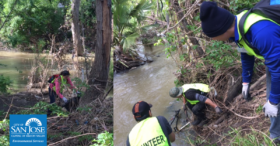
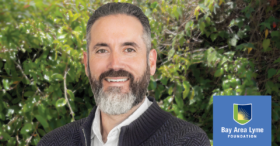

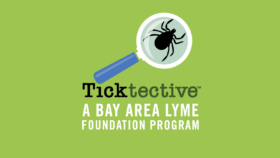
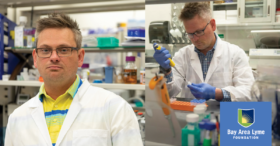
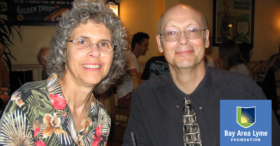


 Our Ticktective host, Dana Parish, interviews Dr. Neil Nathan, renowned physician and best-selling author. Dr. Nathan specializes in treating chronic illnesses, particularly those related to environmental toxins, vector-borne infections, and complex systemic disorders. With decades of experience in clinical practice, he focuses on understanding the impact of toxins on health and is dedicated to helping patients recover from illnesses that conventional medicine often struggles to address. His bestselling book,
Our Ticktective host, Dana Parish, interviews Dr. Neil Nathan, renowned physician and best-selling author. Dr. Nathan specializes in treating chronic illnesses, particularly those related to environmental toxins, vector-borne infections, and complex systemic disorders. With decades of experience in clinical practice, he focuses on understanding the impact of toxins on health and is dedicated to helping patients recover from illnesses that conventional medicine often struggles to address. His bestselling book, 
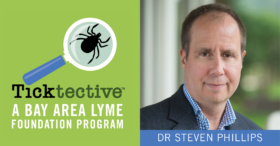
 Ticktective host, Dana Parish, talks with her longtime collaborator and co-author of
Ticktective host, Dana Parish, talks with her longtime collaborator and co-author of